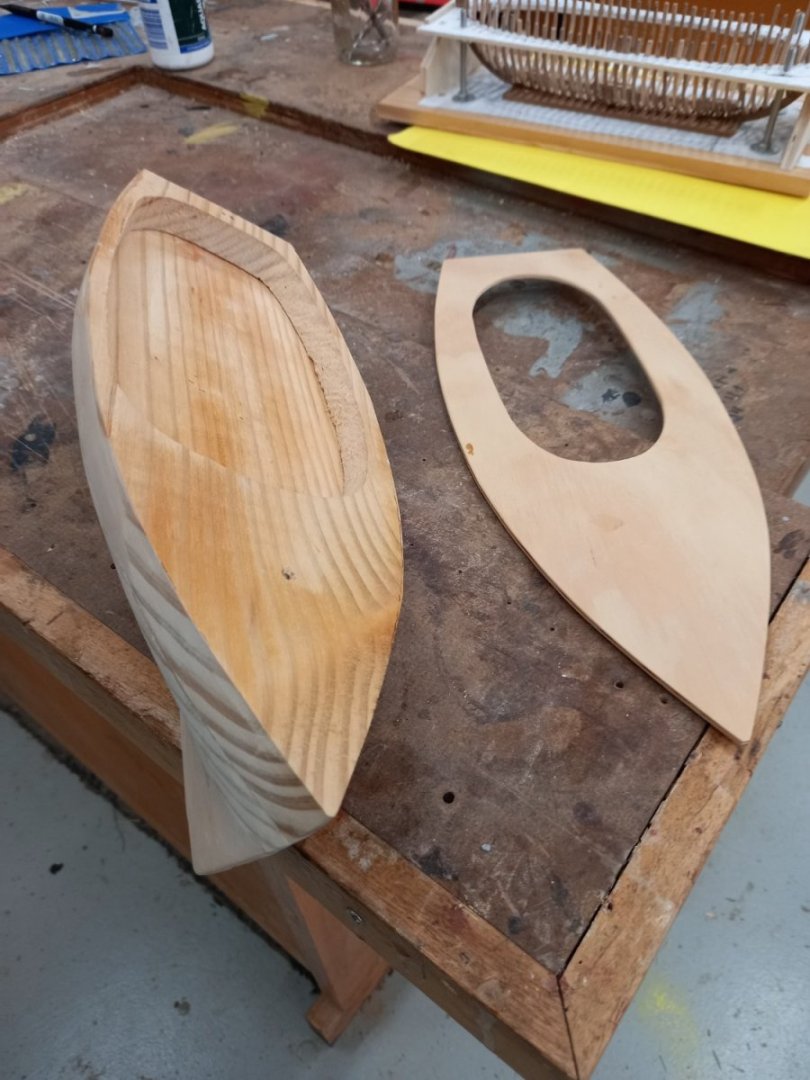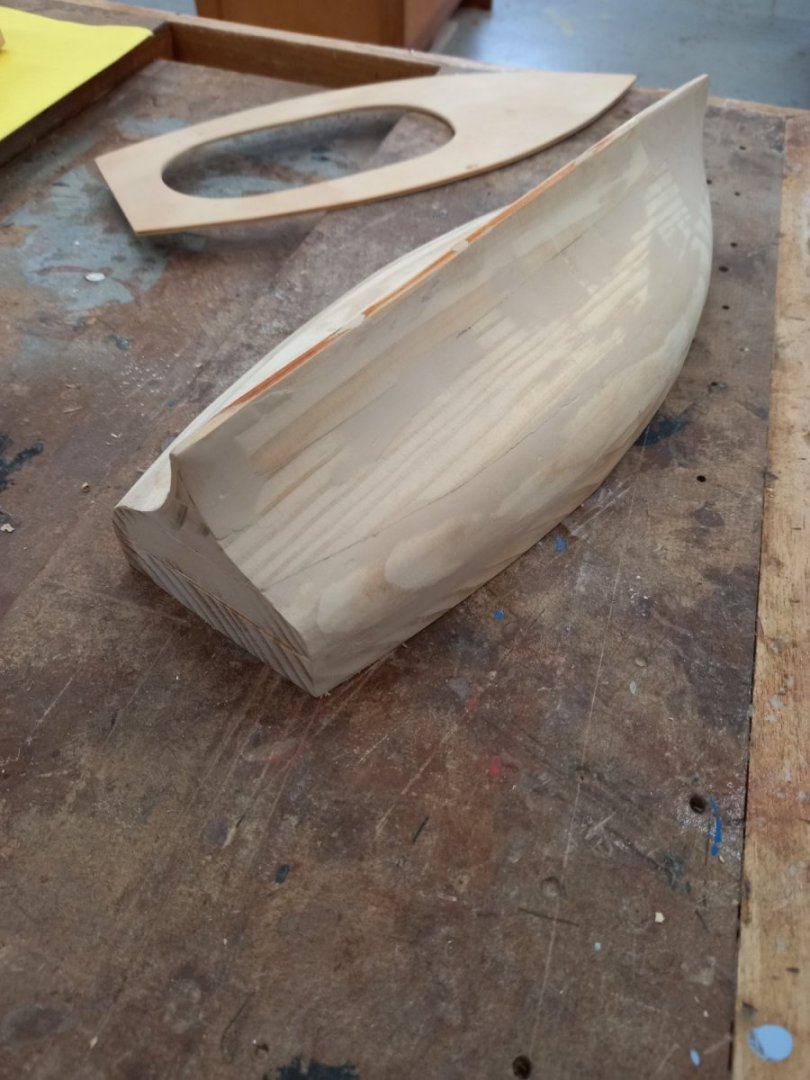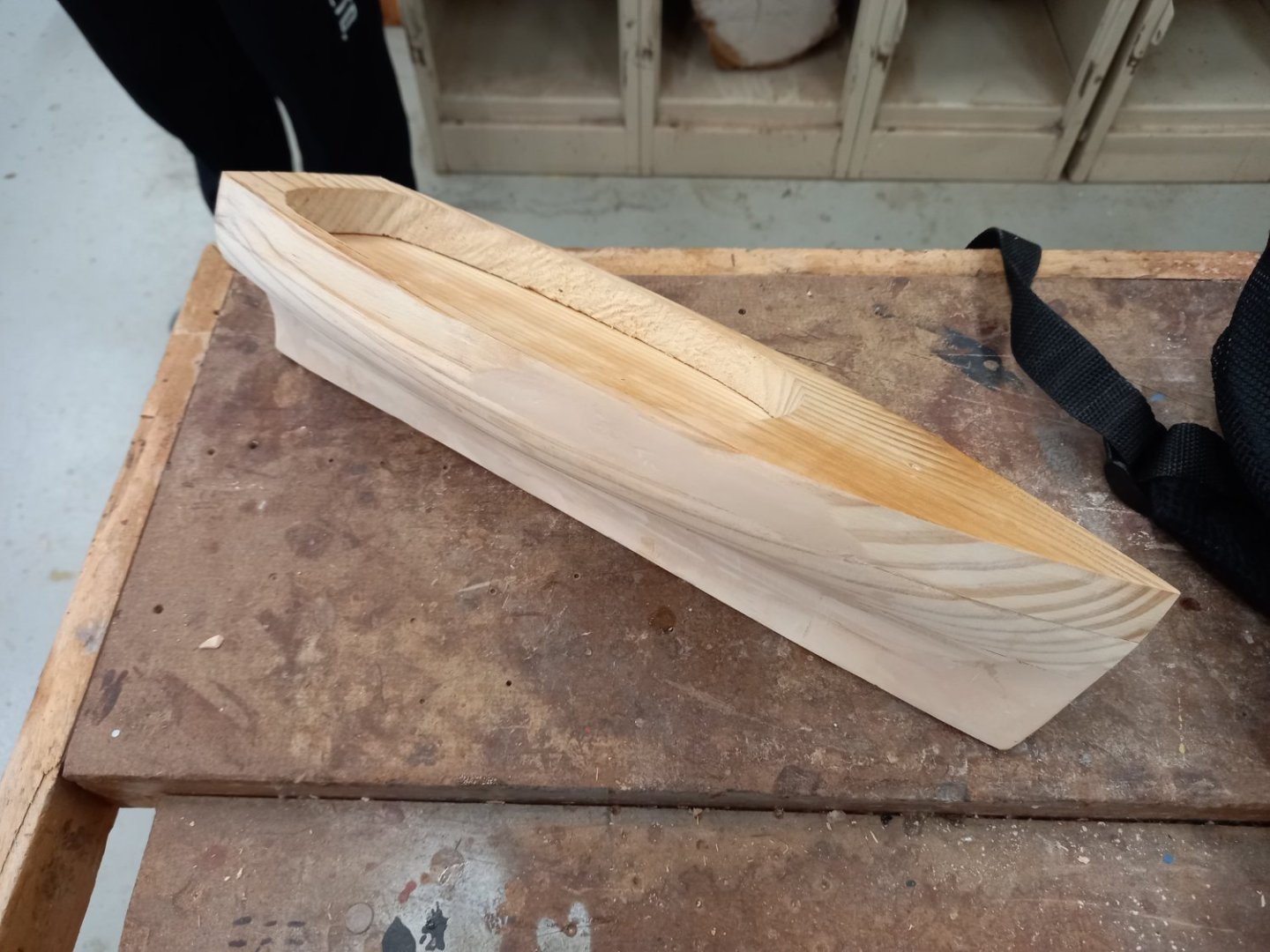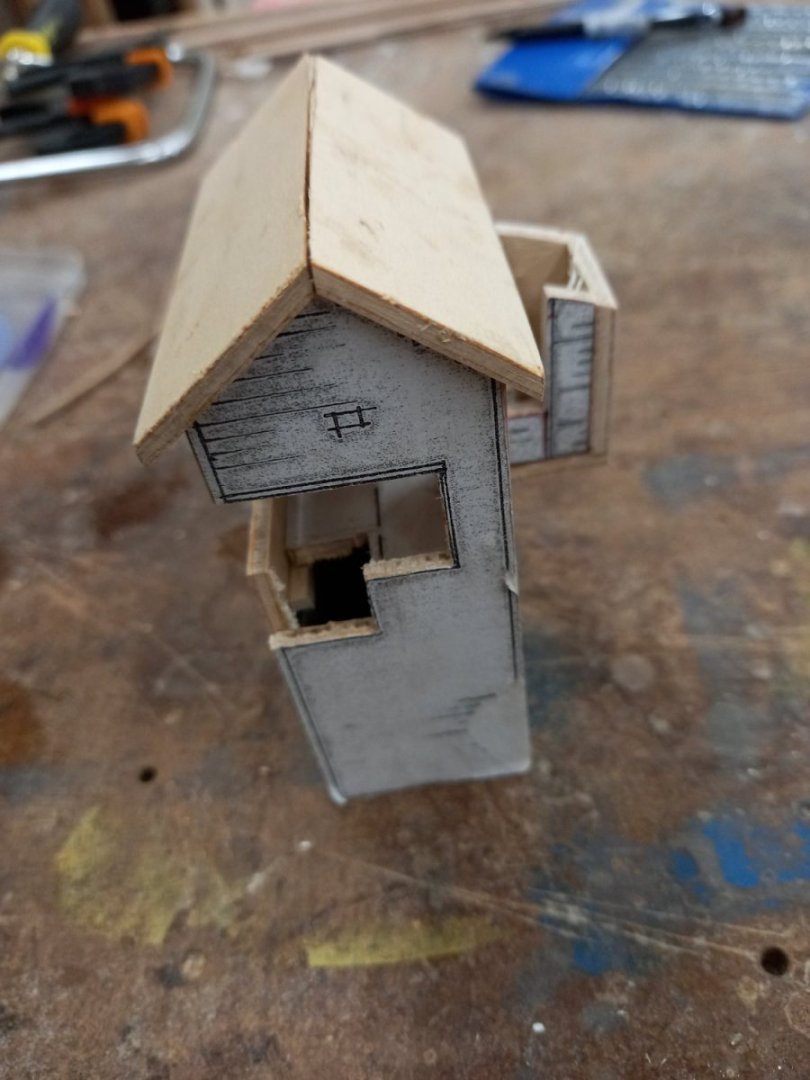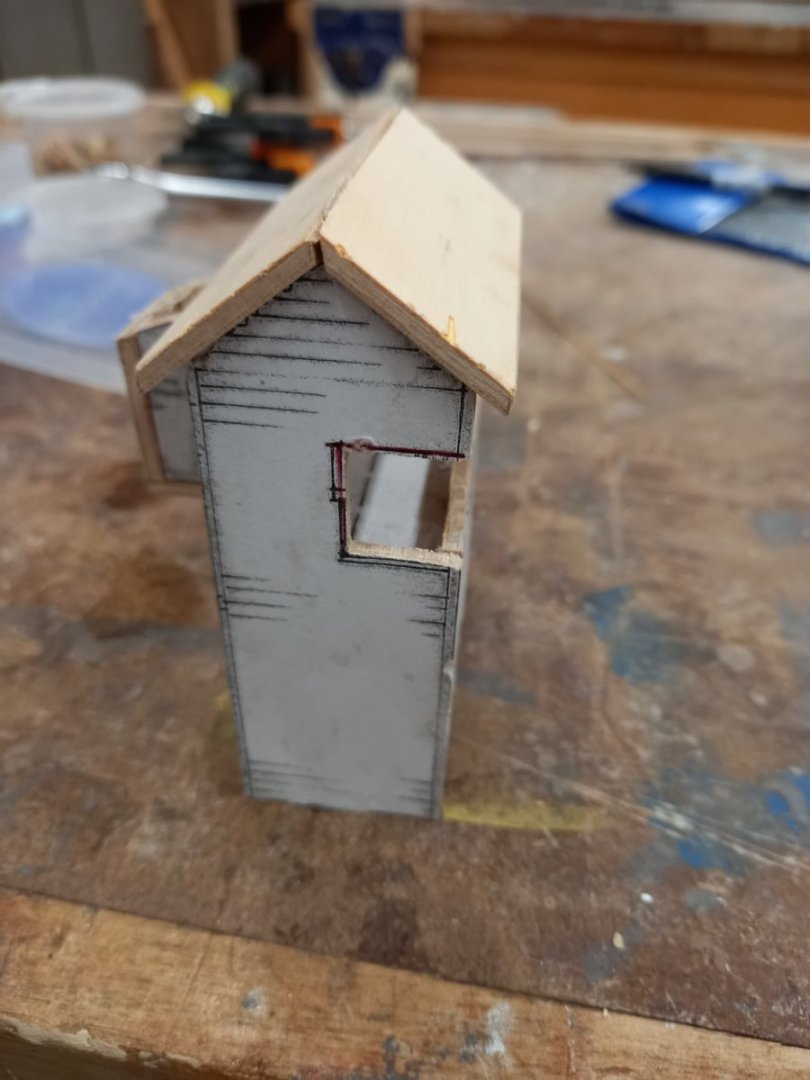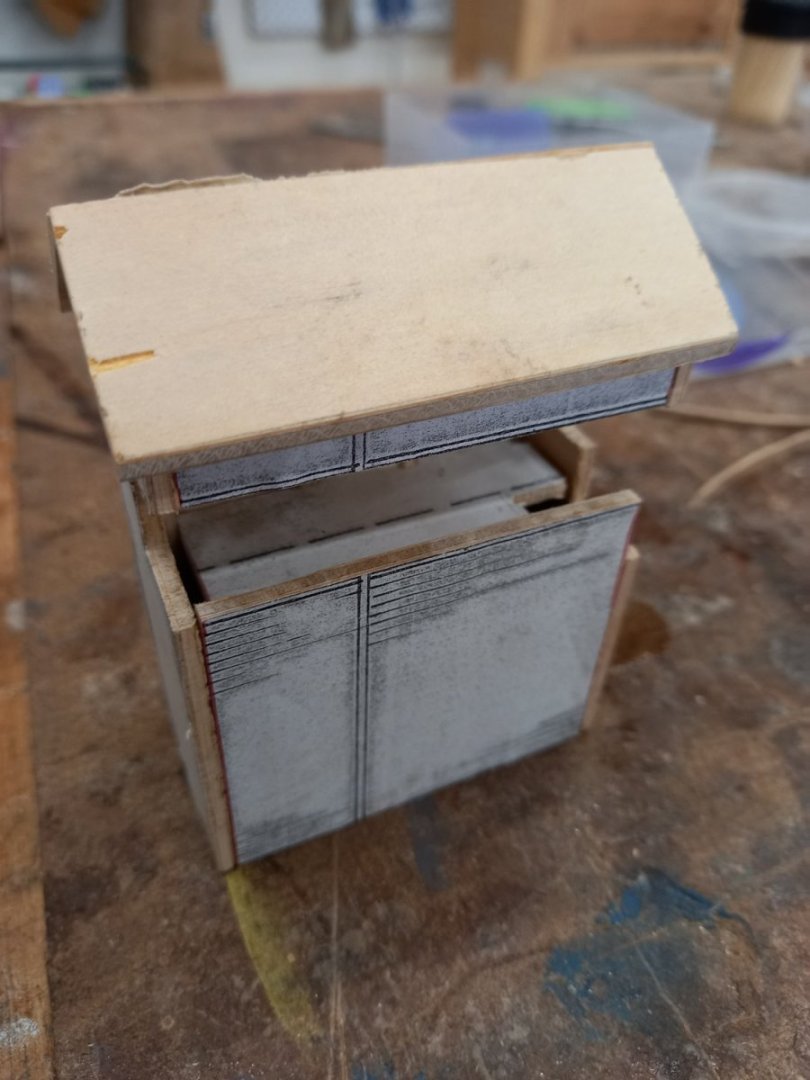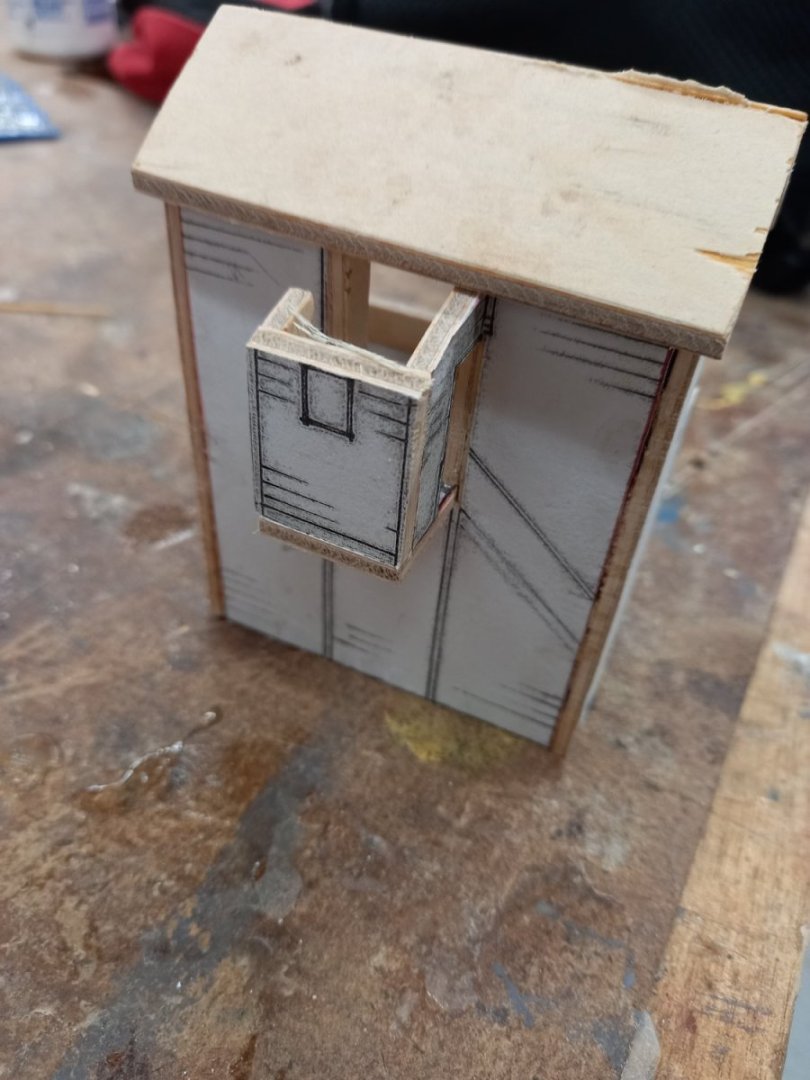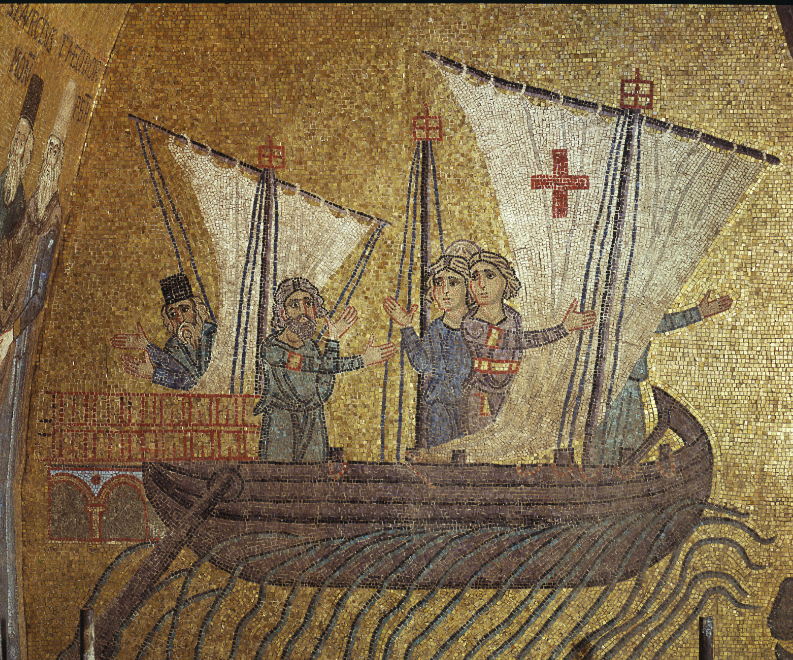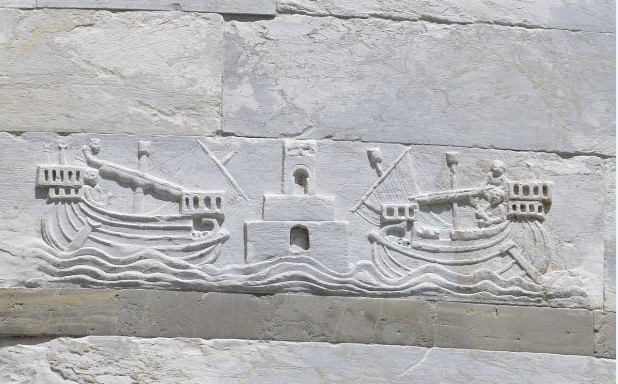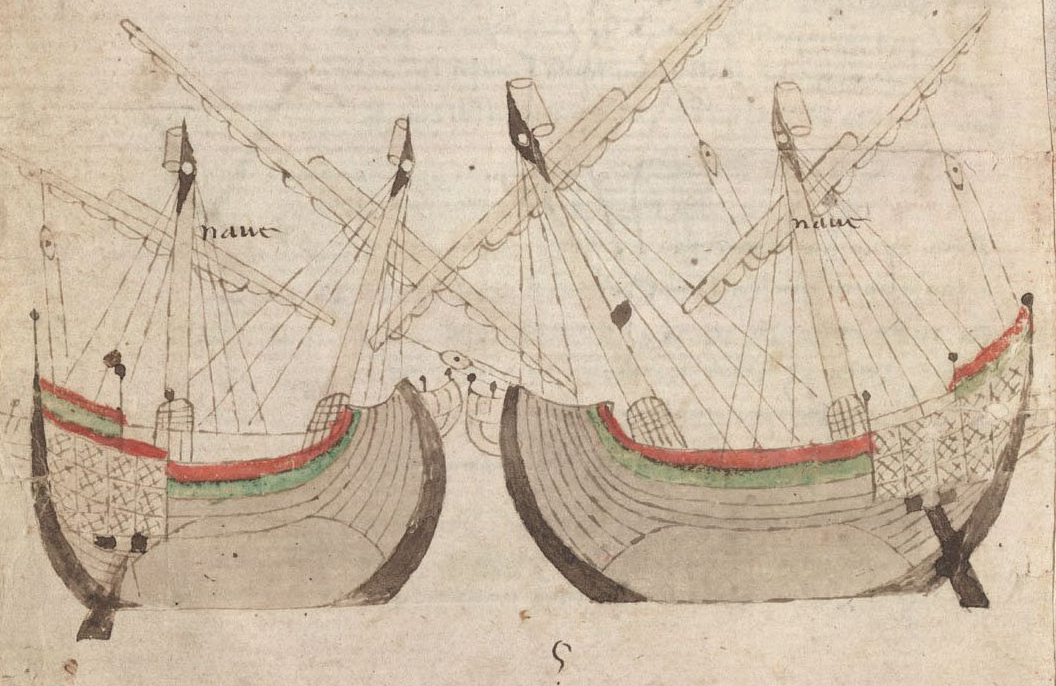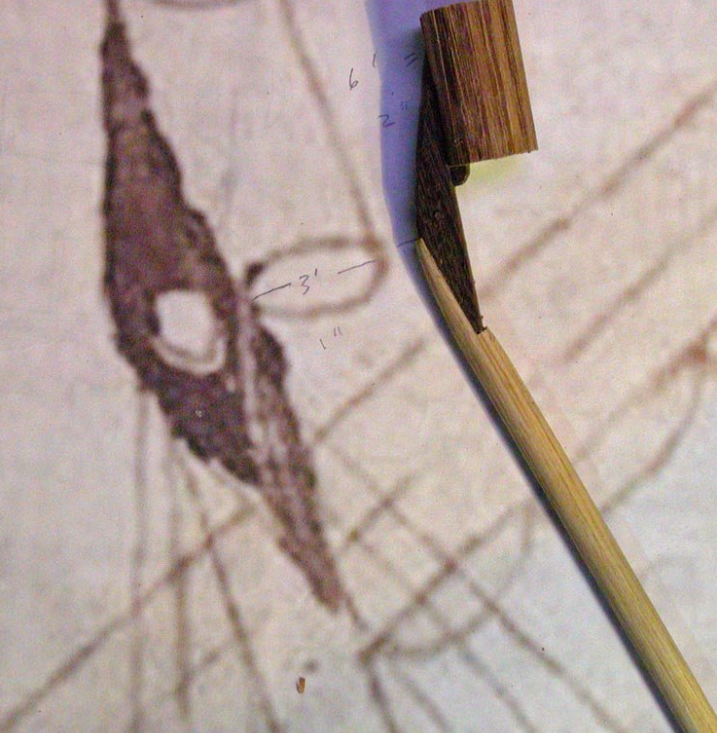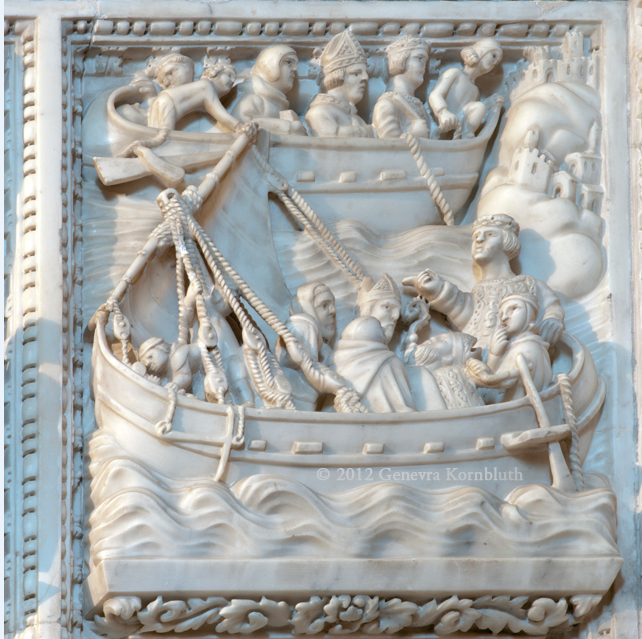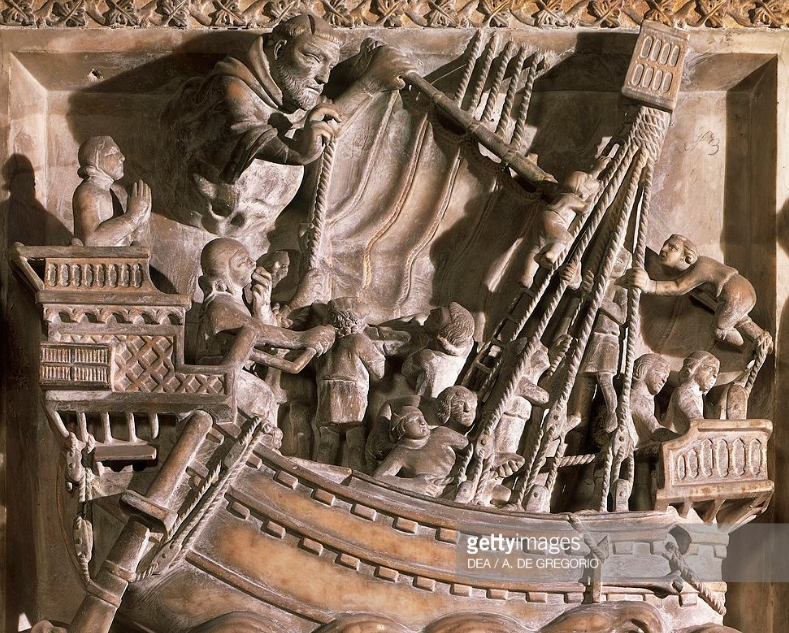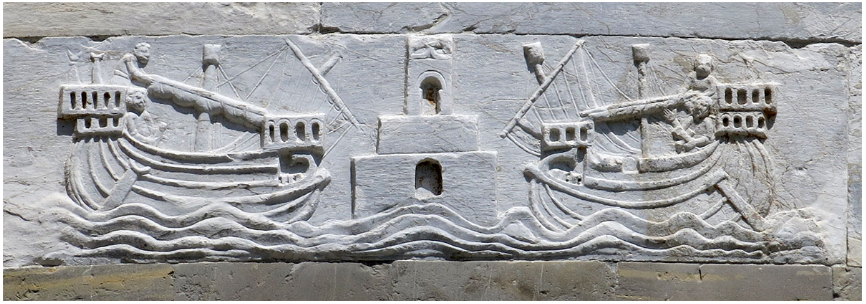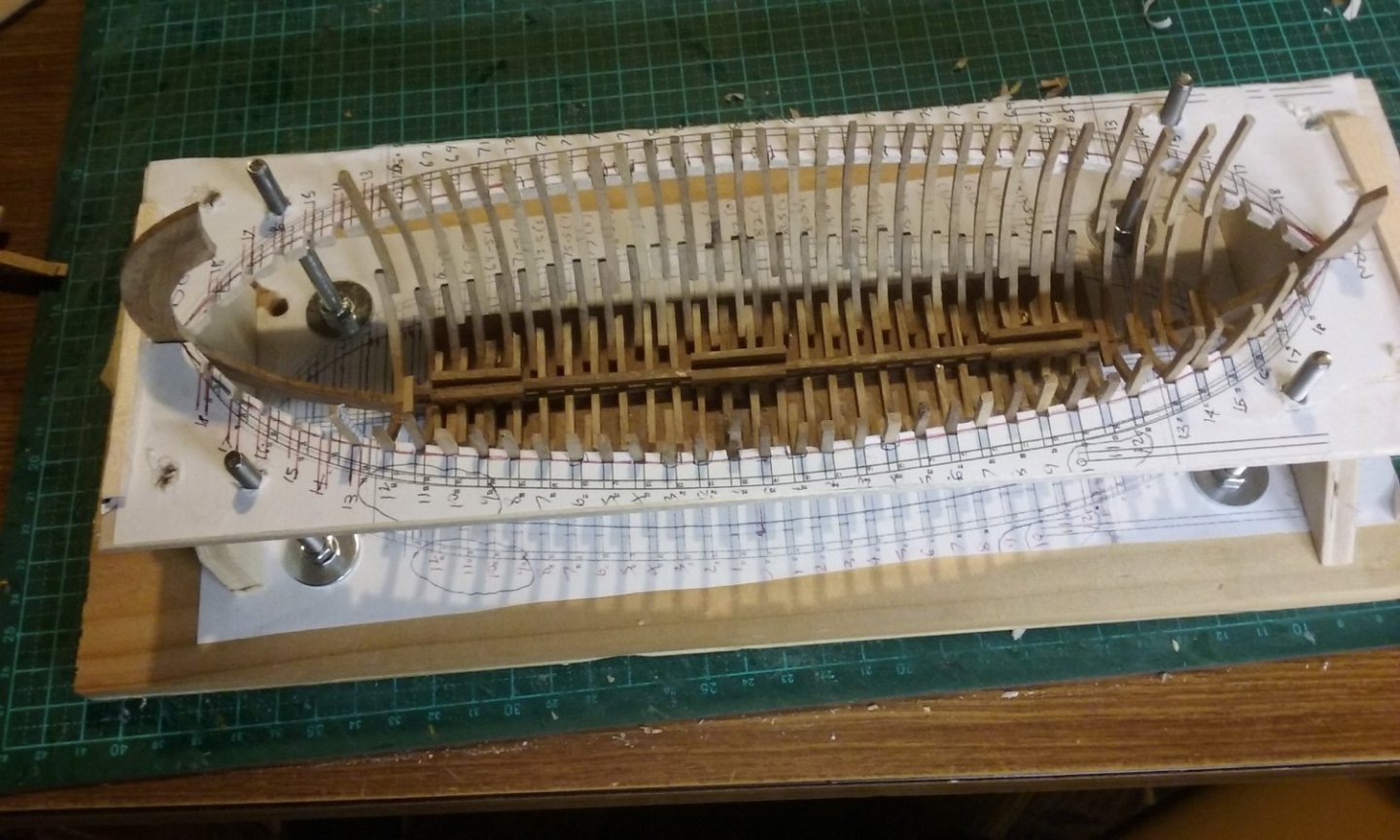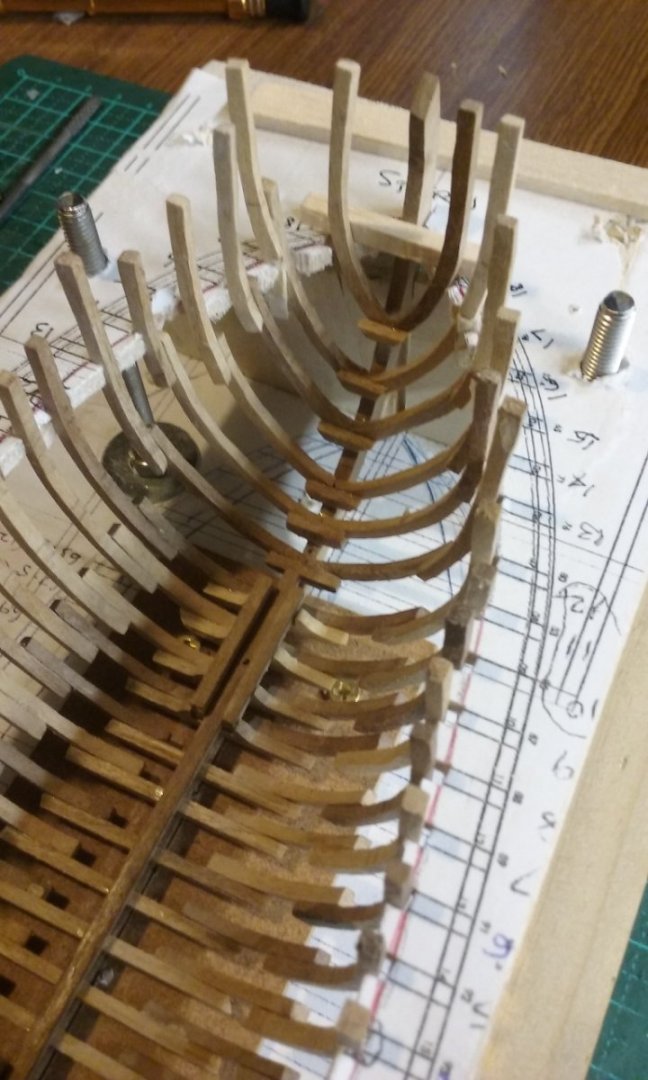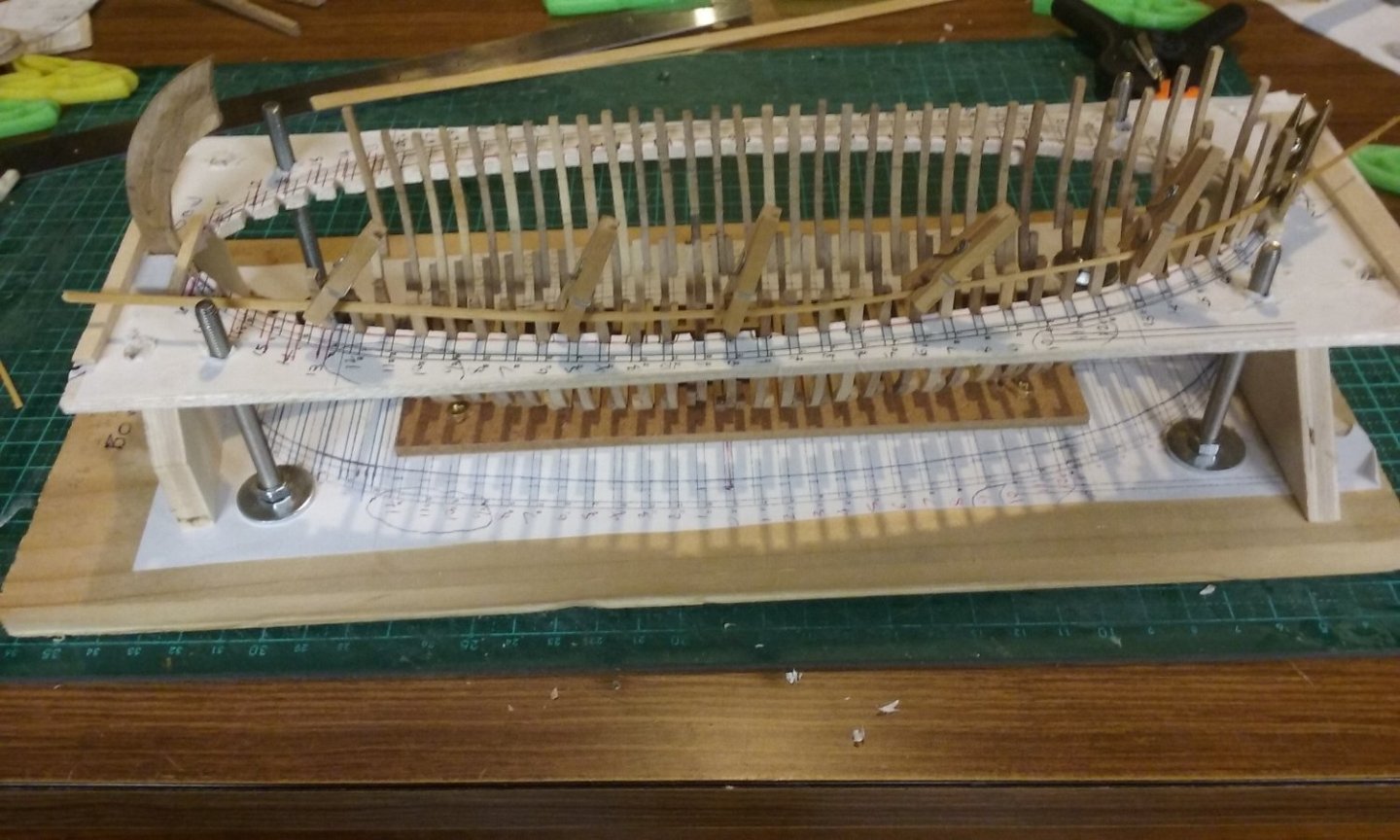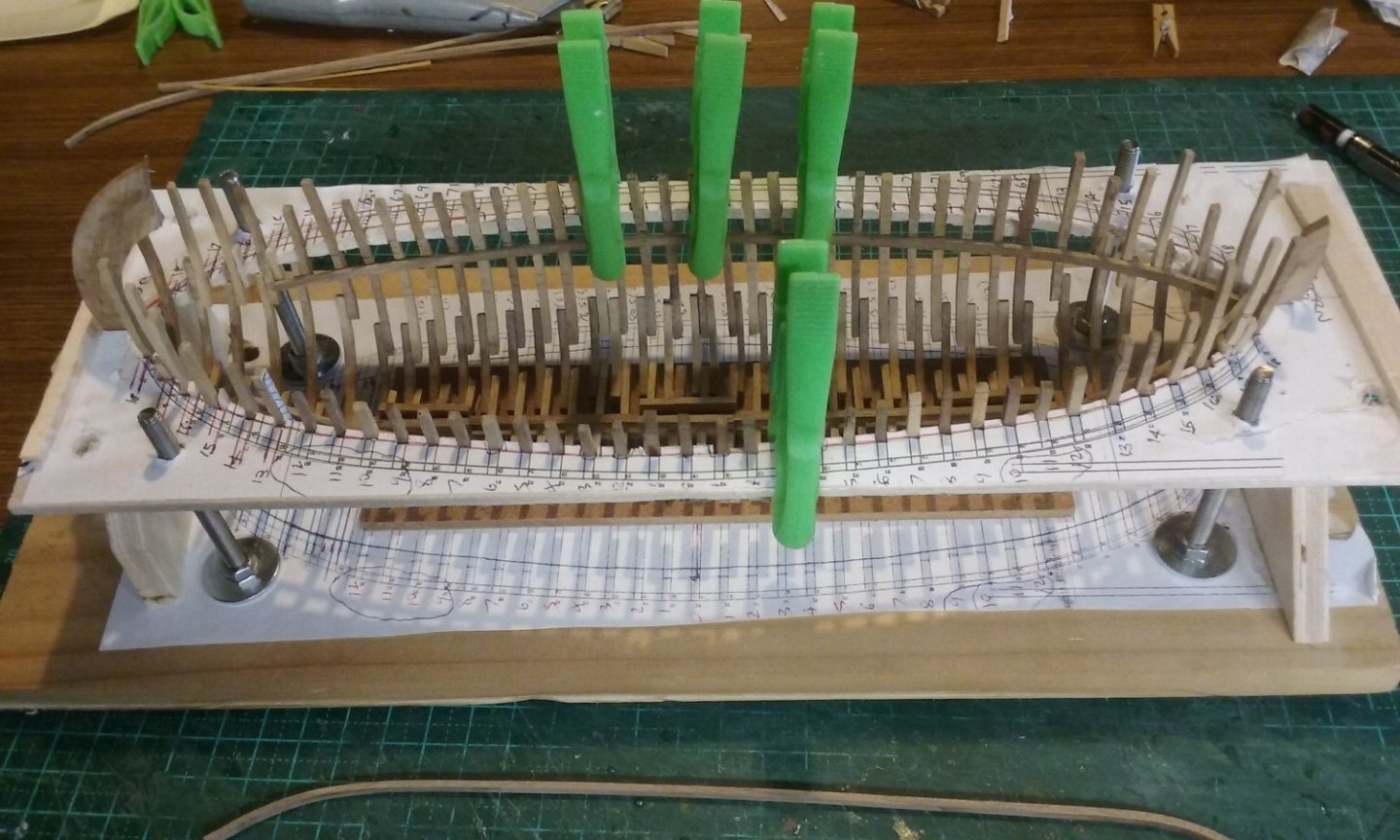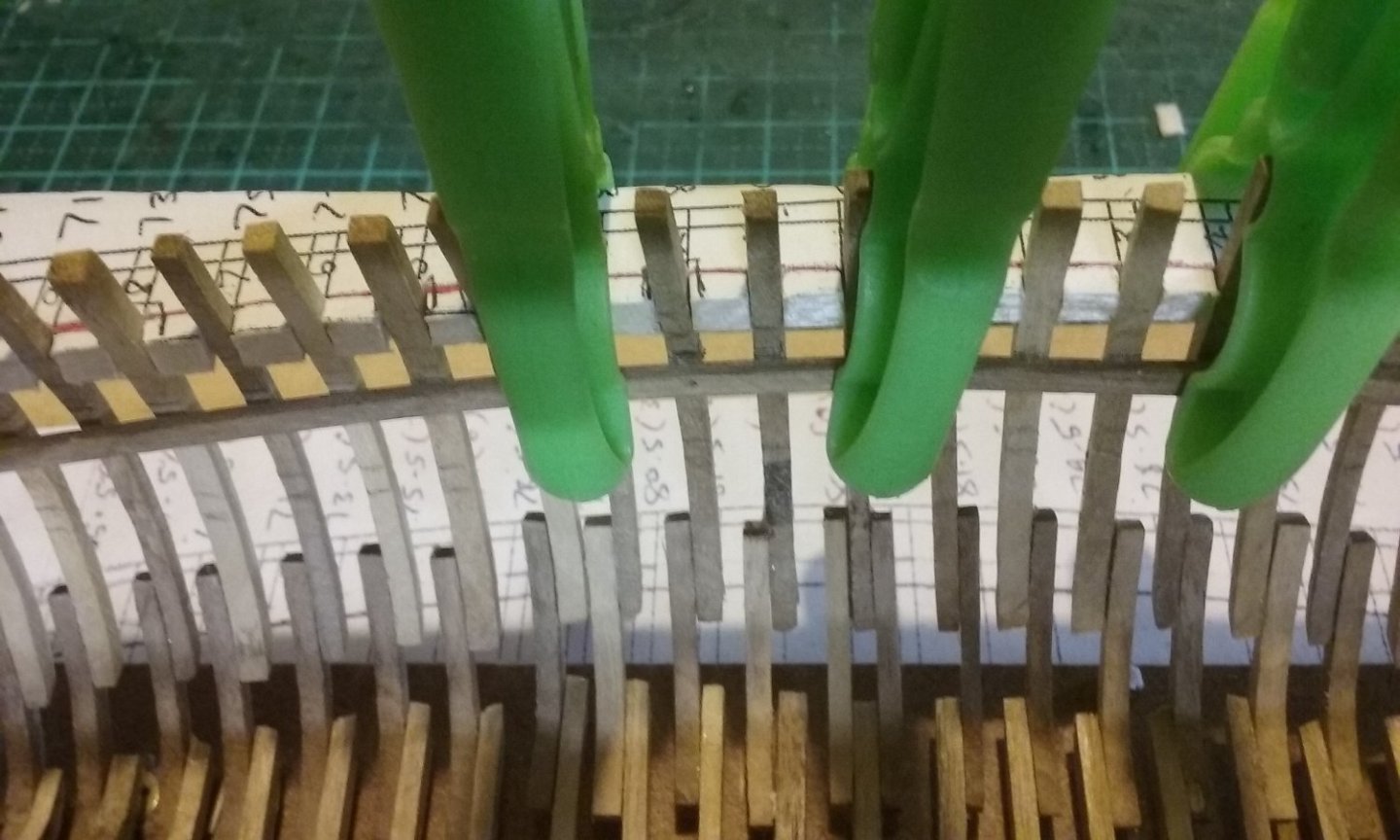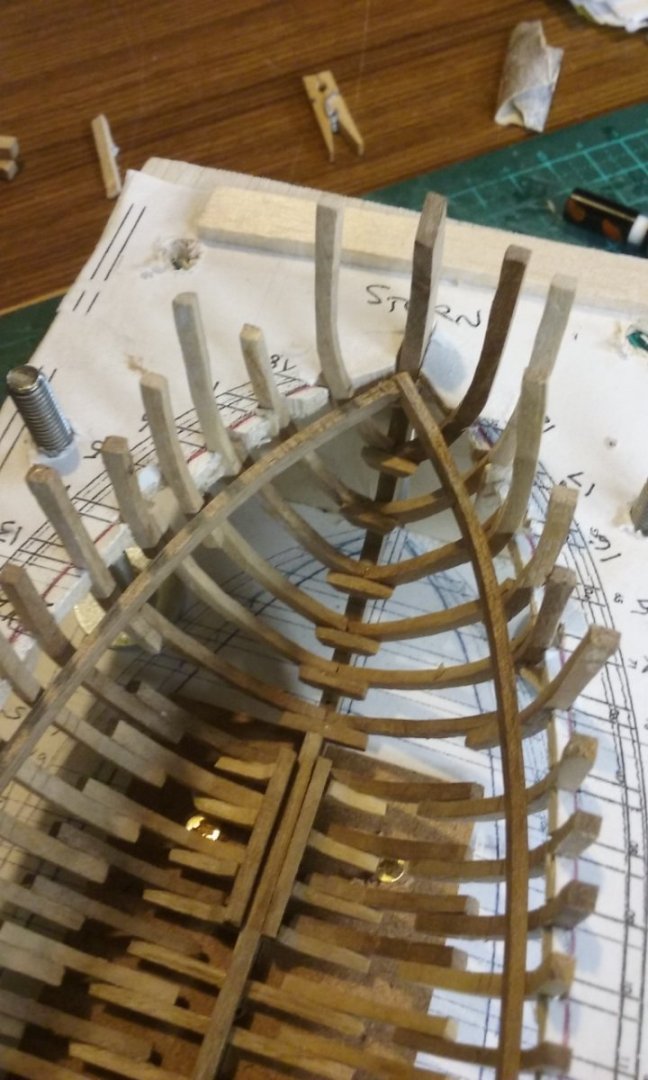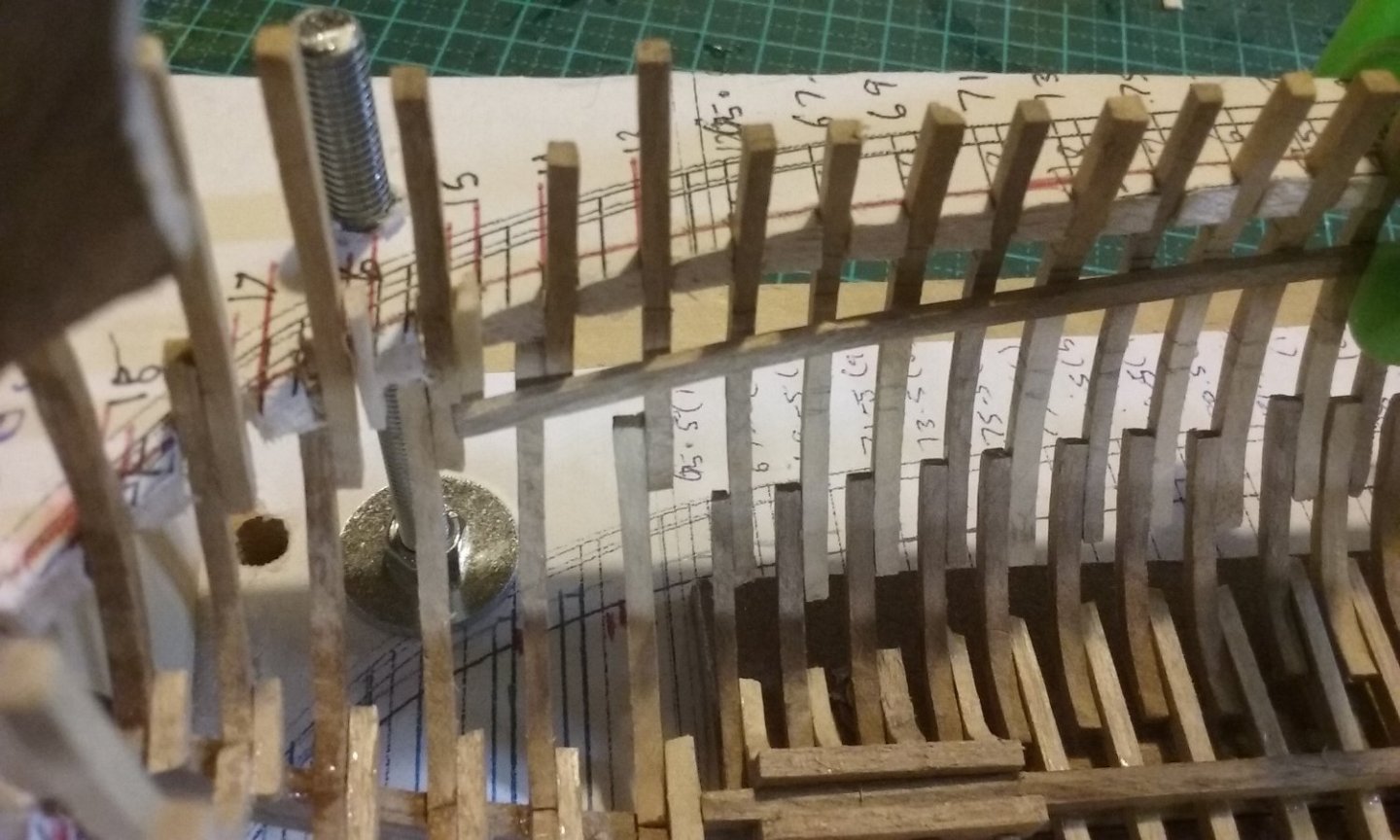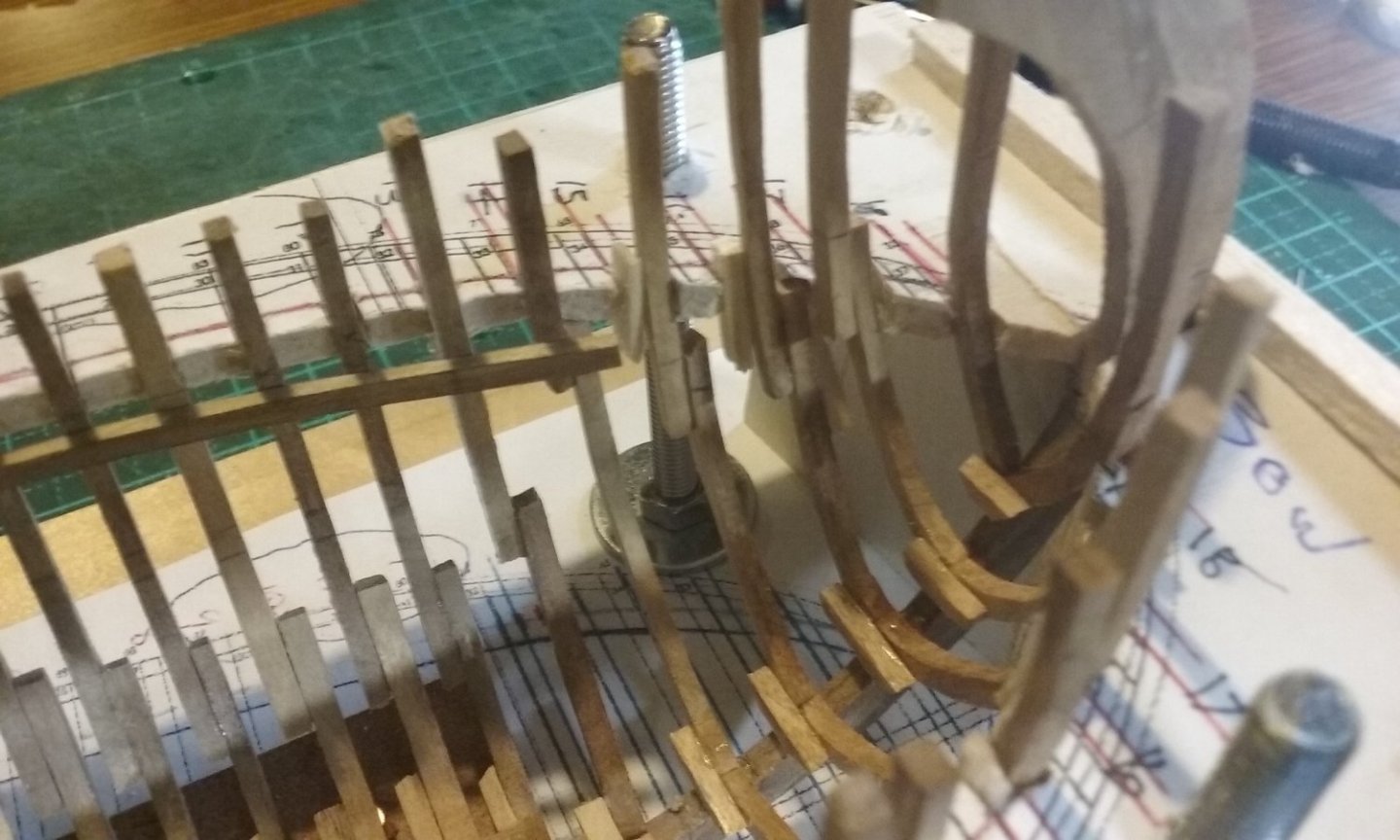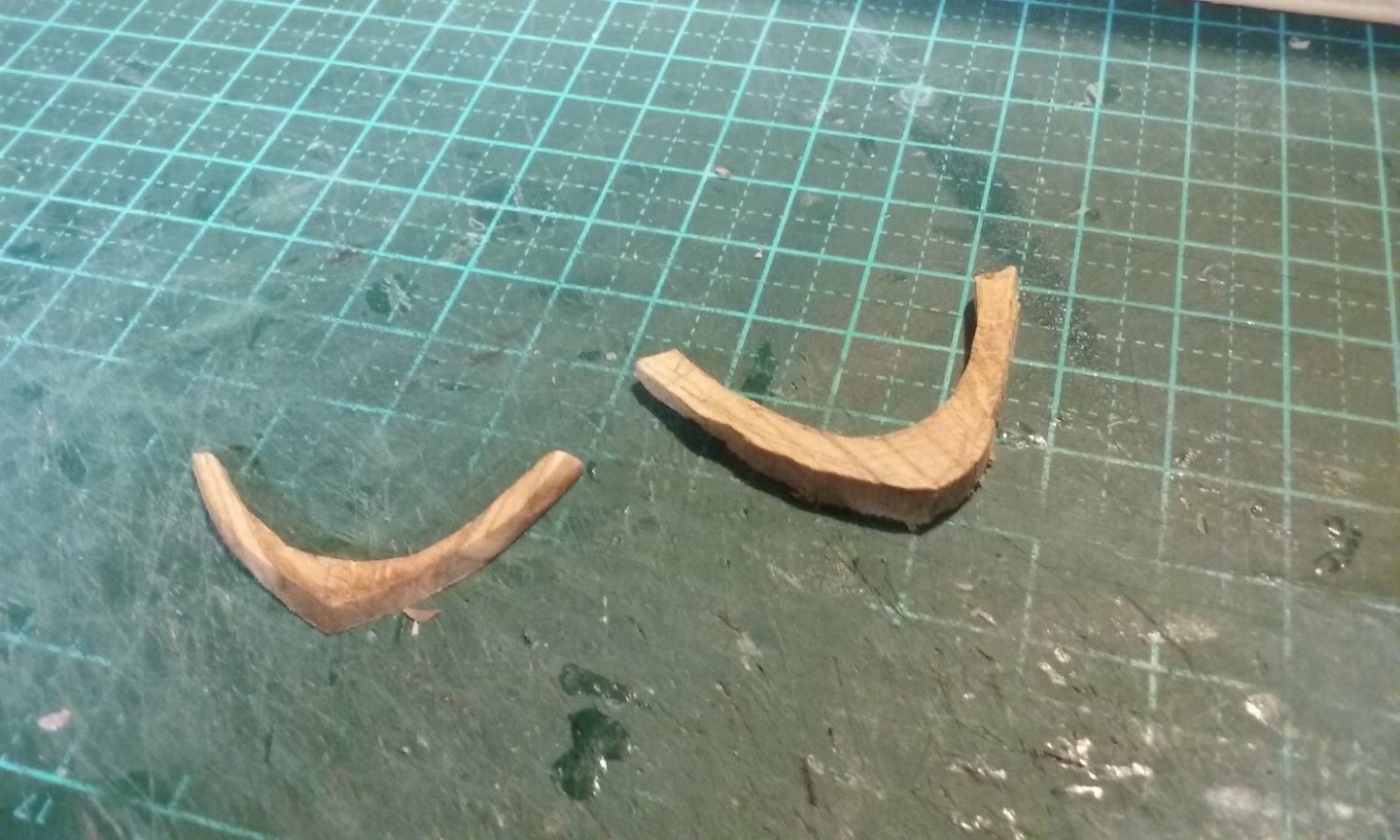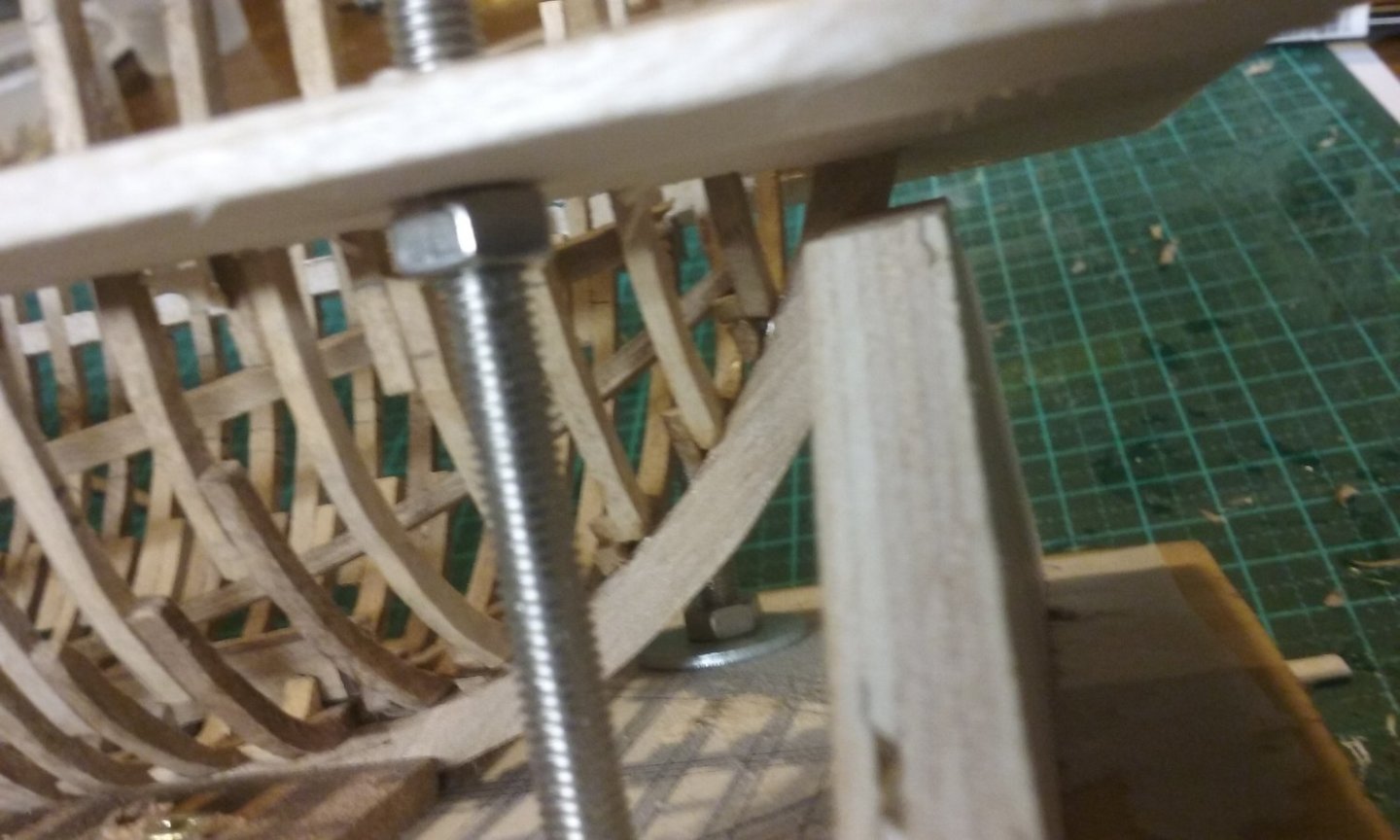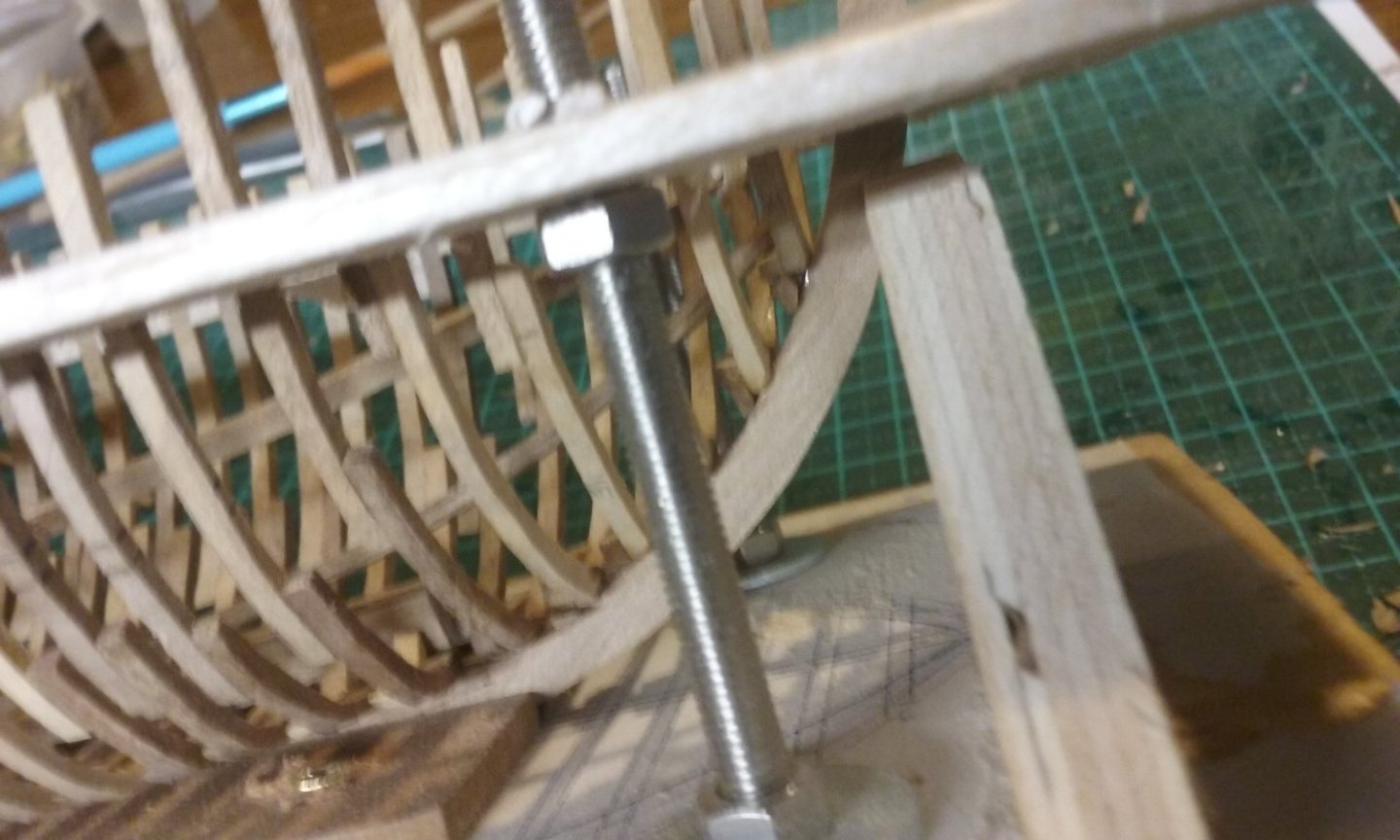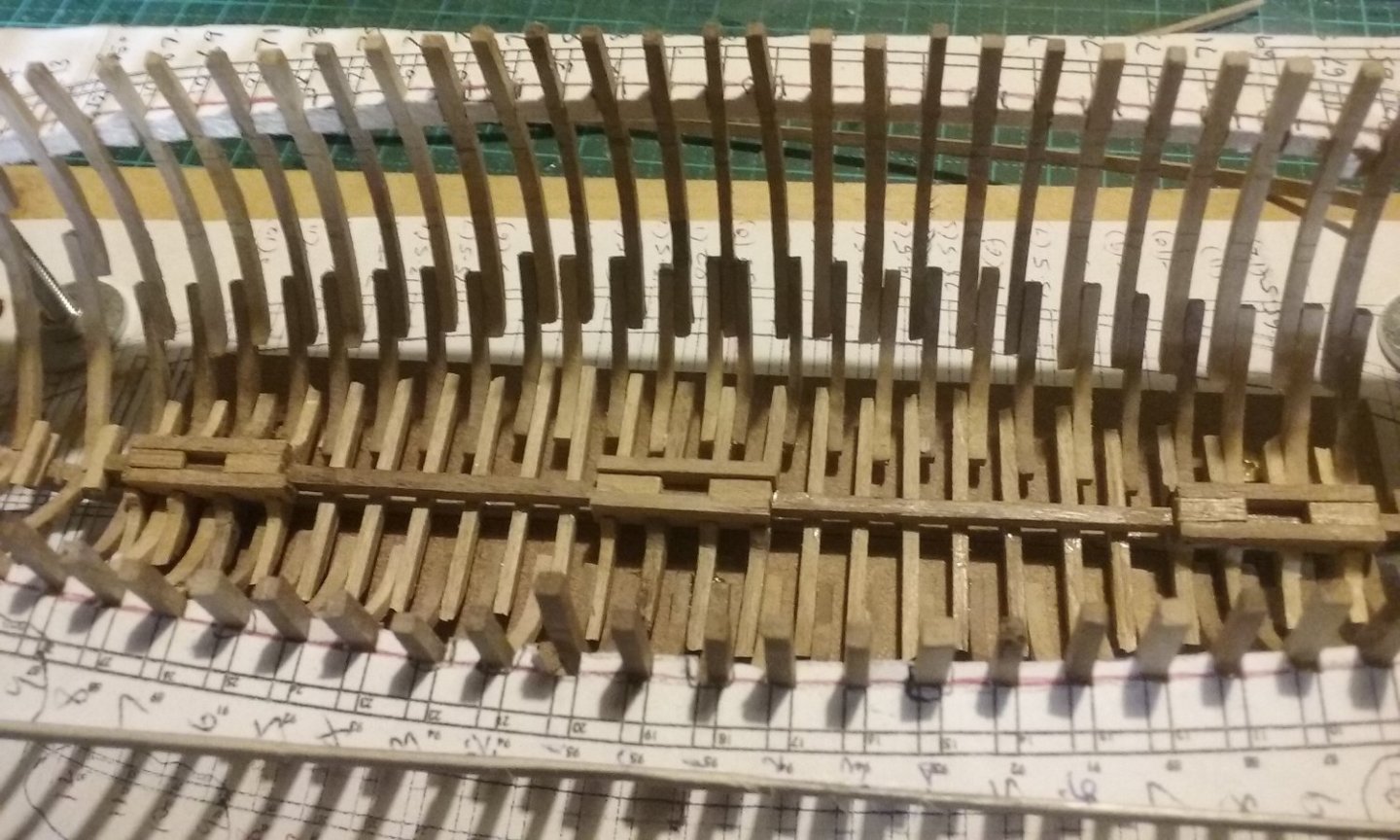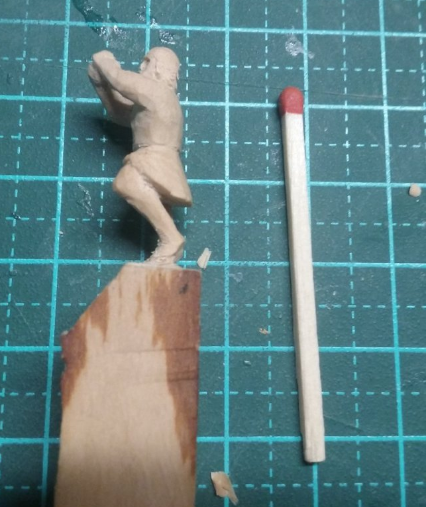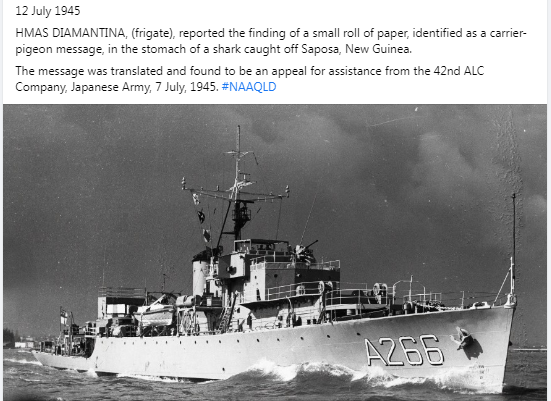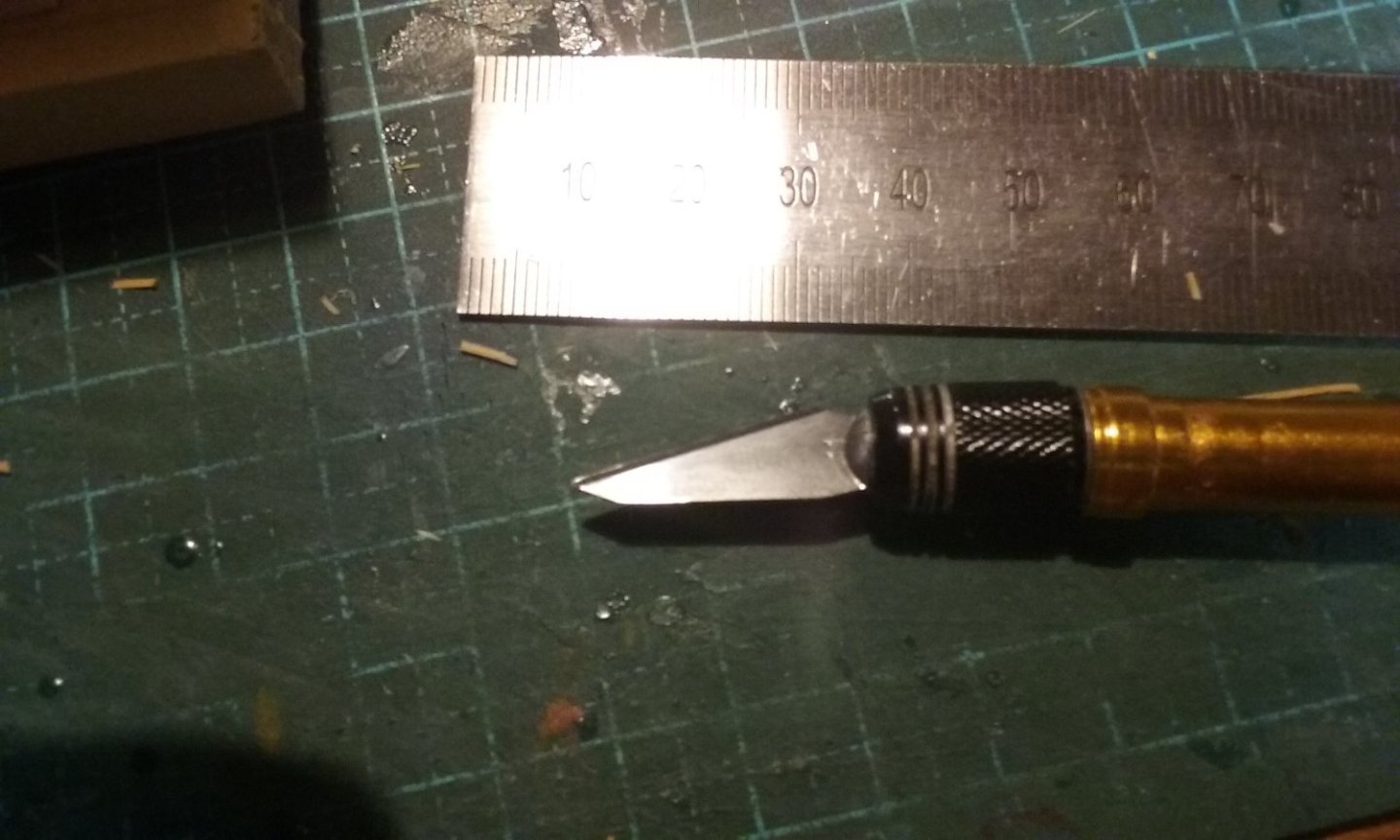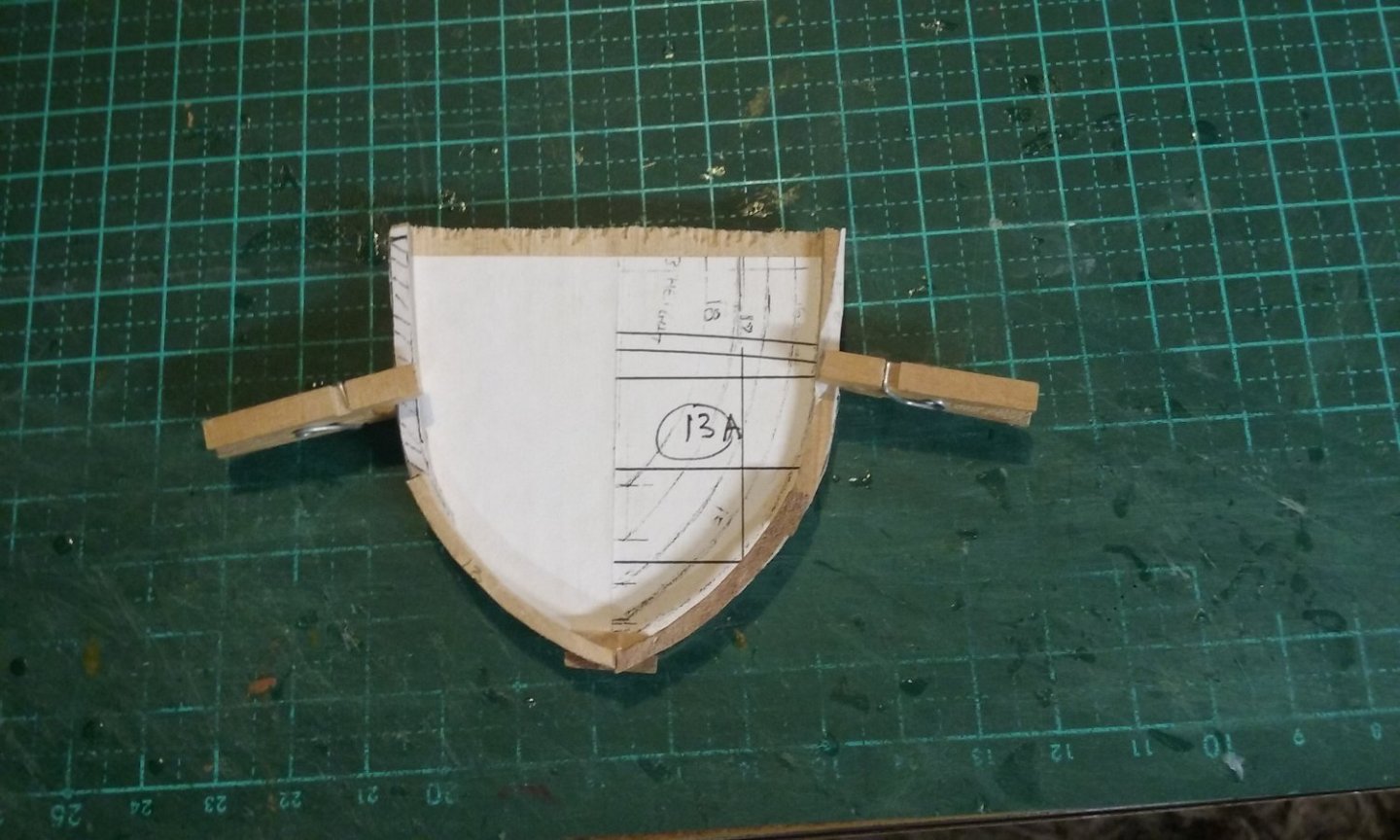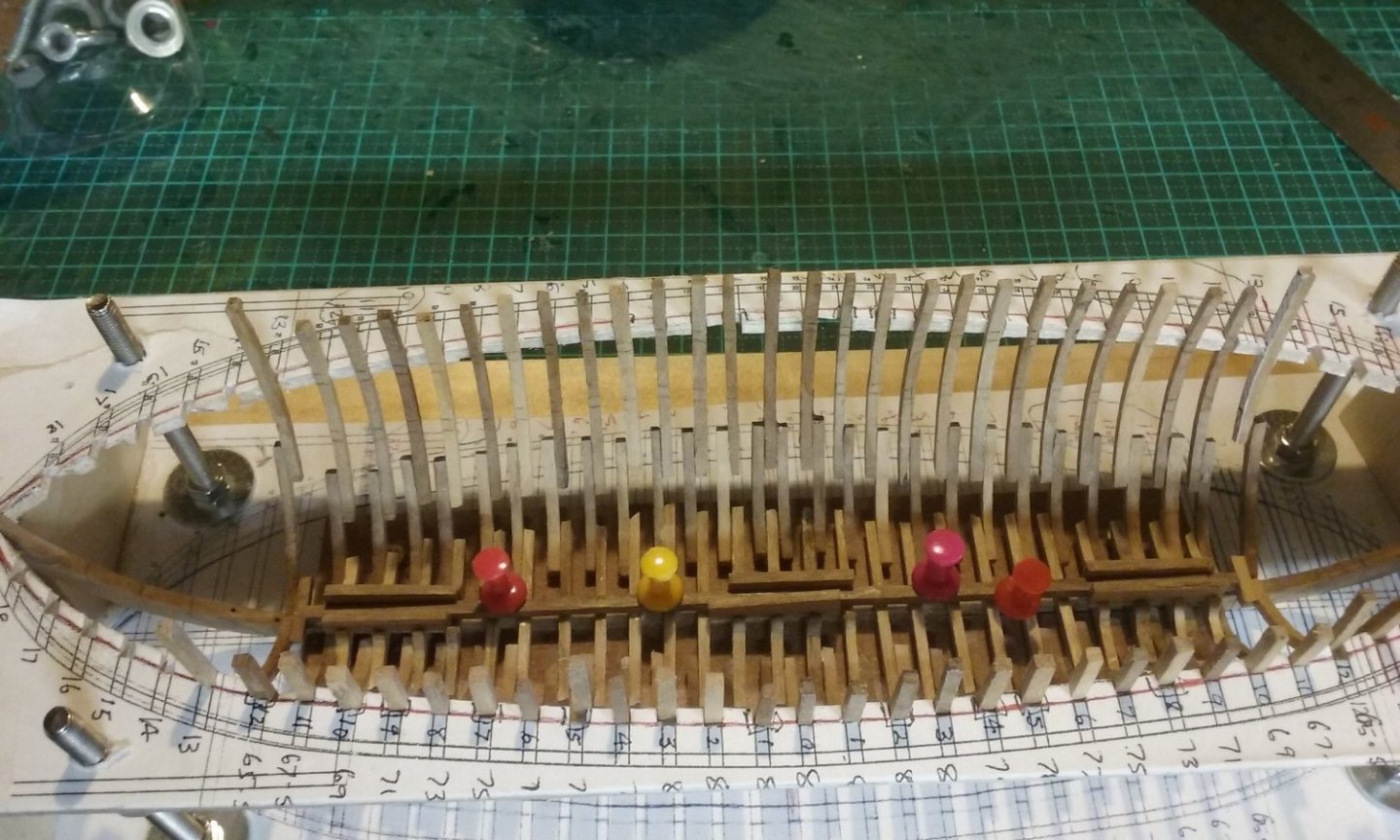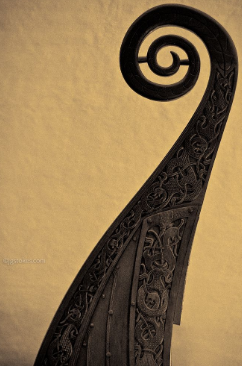-
Posts
7,989 -
Joined
-
Last visited
Content Type
Profiles
Forums
Gallery
Events
Everything posted by Louie da fly
-

La Nina by bluey - Amati - 1:65
Louie da fly replied to bluey's topic in - Kit subjects built Up to and including 1500 AD
Very nice work. Steven -
I'm not doing a formal build log for the couta boat, but here are some photos of the model as of today. It was built up in layers and then sanded to shape with a belt sander. A lot of mistakes (it was the first time I'd used one of those things) but fortunately builders bog filled in where I'd sanded off too much, so she's looking pretty good now. I've also been working on a signal box for model railways (HO scale - 3.5mm to the foot), on 4he offchance that there are people out there who'd be prepared to pay for such things. It's taken from a real one in Ballarat and is still in progress, but it's going quite well. There'll be 'glazing' in the windows and the roof is removable so lights can be put inside. Steven
-
Thanks, Pat. And thanks everyone for the likes, which I'm a bit behindhand in acknowledging. Now onto theory/research. I'm looking at the masts, in particular the interface between the tops and the calcet (halyard sheave assembly). All five mosaic panels show tops like this: which I have interpreted as being (in 3 dimensions) of this cylindrical shape (from the leaning tower of Pisa, begun in 1173, shortly after the mosaics). The question is - how does this top, right at the very extreme top of the mast, interact with the calcet (assuming there is one, which I think there must be). The from about 1300 shows the calcets (black in the picture) as joined to the top of the masts with what is effectively a scarph joint, to minimise the turning moment/shear force that would weaken the joint. Woodrat's Venetian Round Ship build shows it in practice. But of course, this configuration means that the top has to be one side of the mast, when the mosaic (and the Pisa bas-relief) show it around the mast. It seems to me that there would have been more than one way to have the halyard sheaves fitted to the mast, and that a removable calcet may be only one of them. Perhaps it is an integral part of the mast itself, as it seems to be in this picture (12th century, from the church of San Pietro in Ciel d'Oro, Pavia, Italy): and that the top may be built around it. This looks feasible to me - you'd just have to watch yourself not to trip over the halyard while you were standing in the top. And this one (1339, from the tomb of St Peter Martyr, church of Sant'Eustorgio Milan) appears to show the halyard going up through the floor of the top (granted that the top in this case is somewhat off-centre, it still appears to be around the mast). Also, the earliest clear representation of these offset calcets I've been able to find is in the Spanish Cantigas de Santa Maria from around 1250, up to 100 years after the mosaic (yes, I know absence of evidence isn't evidence of absence). At the moment I'm inclining to having the sheaves cut into the mast itself, probably just above the floor level of the top (that way the sheaves don't weaken the mast just below a point of load, and in the mosaics the mast seems to extend somewhat above the upper surface of the top), but I'd appreciate input and suggestions from other members. Steven
- 508 replies
-
A bit of an update. Still at the fiddly stage - I need to secure the frames so I can take the model out of the jig - at the moment they're held only at the keel. So I've been cutting and bending the clamps to take the deck beams. With clamps in place, the frames will be securely attached to the hull and connected to each other so they don't move. But first, the frames at bow and stern. These were mostly shaped by guesswork, and I was prepared to take them out again and re-think the shapes if needed. And I did on the last two at each end. This is a bamboo batten to see if the gunwale will work with the end frames. Clamps bent and the larboard one temporarily in place. Clamps bent to take the shape at bow and stern. The piece of wood wasn't quite long enough for the clamp to reach the whole length of the vessel. However, I'd forgotten I had to make breast hooks as well. And they will take the place of the clamps at both ends, so the clamps will be long enough after all. I also faired the inside of the end frames - it was easier than I'd expected, just using fairly fine sandpaper. But I forgot to take photos of them. (The frames for the rest of the hull really didn't need fairing on the inside because the curve was very gentle.) The breast hooks were made from a forked branch from a tree that died in the garden (an apricot, it was), so the grain followed the arms of the breast hook. There was quite a bit of trial and error getting them exactly the right shape to fit against the frames. But I must have done something wrong, because two of my first three attempts broke in half while I was working on them. I think I cut the fork at the wrong place. However, I finally made a couple that seem to be working ok. Here's the bow breast hook complete, and the stern one in progress. And I had to duplicate Woodrat's strategy in putting triangular section pieces between the floor timbers and the stem and stern posts to follow their curve, so I can drill through and fix them securely. Not sure if the photos really show it very well. They're pretty tiny. And finally, I've put in the filler blocks that create the slots for the mast steps. That's all for now. Steven
- 508 replies
-
I think we've all been there. She's looking really good, mate. Steven
- 290 replies
-
- Quinquereme
- Finished
-
(and 1 more)
Tagged with:
-
Green match-heads??? What kind of devilry is this? Steven
- 290 replies
-
- Quinquereme
- Finished
-
(and 1 more)
Tagged with:
-
Very nice precise work at such a tiny scale, Glen. Steven PS: For those of us who don't live in the US, could you use something else than a coin to give an idea of scale? (I use matchsticks, which I think are pretty much a standard size - at least the ones that you get in a normal matchbox - all over the world).
- 290 replies
-
- Quinquereme
- Finished
-
(and 1 more)
Tagged with:
-

Naval History On This Day, Any Nation
Louie da fly replied to Kevin's topic in Nautical/Naval History
-
Progress has been a bit slow. I've glued the bamboo 'pins"' into place to join the frames securely to the keel, and it has admittedly made quite a difference. Here's an example, to give you some idea of their size (it's the little thing just under the end of the steel rule). I decided to bite the bullet and make the bow and stern frames based upon the templates I'd cut out. I'll put one set in at the bow or stern and see if they work, if they are the right shape to continue the line of the frames. Only one set, in case it's a total disaster. Here's the first of them being glued together. And in place (far right-hand end). Just held with a dab of glue till I figure out whether I've got it right, so I can remove them if needed. I've also glued the keelson in, using push pins to make it conform to the curve of the keel. It's held centrally by the side pieces of the mast steps - they are only dry fitted at the moment; I had to trim the knees supporting the sides of the mast steps so the openings lined up and the side pieces would fit in place. I think I still need to tweak them a bit more. More to come fairly soon, if all goes well. Steven
- 508 replies
-
A very wise decision (don't ask me how I know). There were quite a few of them IIRC. They were from Carthaginian ships sunk in a battle with a Roman fleet - see https://www.archaeology.wiki/blog/2021/09/03/two-bronze-warship-rams-discovered-at-the-battle-of-the-aegates-site/ Steven
- 290 replies
-
- Quinquereme
- Finished
-
(and 1 more)
Tagged with:
-
Welcome to serious ship modelling! I used to have as my motto "It's not a model ship unless you've bled on it". Steven
-
I just call it a tail. It's probably got a correct name, but I've never been able to find out what it is. You've done a nice job of it, but I think the ends need to be slightly curved upwards (assuming that's practical at this scale and not just nit-picking). Looking forward to the ram. There's quite a bit of archaeology available on these - available on a google image search, plus here: Steven
- 290 replies
-
- Quinquereme
- Finished
-
(and 1 more)
Tagged with:
-
Nice. The Oseberg is still the most beautiful of all the Viking ships discovered. Those carvings are amazing. At this scale they are basically impossible to duplicate perfectly, but (depending on your carving skills) the outlines provided on the kit can be improved upon quite a lot (it's called kit-bashing). Nice to have you aboard. I was an early mediaeval re-enactor for many years (11th century Anglo-Saxon, took part in the Hastings re-enactments of 2000 AD and 2006). And I visited Bristol in 2009 and saw Brunel's beautiful Great Britain and the reconstruction of Cabot's Matthew. Fond memories. BTW, I've put quite a bit of study into Viking ships, so if you have any questions, I may be able to help. Steven
-
That's a beautiful model. Something to be proud of. Steven
- 59 replies
-
- Santa Maria
- Artesania Latina
-
(and 1 more)
Tagged with:
-
Thanks, people. Glad you didn't see it close up. Too many dodgy details from being in a hurry. Yes, couta oats are very beautiful. There are quite a few down at Geelong, where we sometimes go for a drive from Ballarat (nearest bit of coast). They really stand out from the run-of-the-mill boats in the marina. Steven
-
That could do it. But at least you don't have to allow for a bunch of tiny rowers getting exhausted . . . Steven
- 536 replies
-
- Quadrireme
- radio
-
(and 1 more)
Tagged with:
-
Well, only Buono so far. But thanks, people. I'm still thinking about my options for the framing at bow and stern . I might just pinch Woodrat's idea of using a temporary batten at gunwale level. Though his bow and stern are a lot blunter than mine so maybe I won't need to. Still thinking about it. Steven
- 508 replies
-
Not only models. A galley caught in rough weather was in real trouble - if they heeled over more than 10 degrees water would come in through the oarports, and the vessels were inherently very unstable (as discovered by the people on board the Olympias replica - people walking around on the top deck made it heel over dramatically), and any sort of rough sea meant the oars wouldn't bite. Regarding the available power, these things were incredibly lightly built, as they had to be moved by human muscle - 30 metre (90 foot) galleys uncovered in the silted-up harbour of Thedosius in Istanbul (Constantinople) had frames about 2 inches square and planks about an inch thick - more appropriate to a small rowing boat than a full-sized ship. Whether yours is underpowered is another question. I can't answer that one. But Olympias managed to get up to 9 knots at top speed. Steven
- 536 replies
-
- Quadrireme
- radio
-
(and 1 more)
Tagged with:
About us
Modelshipworld - Advancing Ship Modeling through Research
SSL Secured
Your security is important for us so this Website is SSL-Secured
NRG Mailing Address
Nautical Research Guild
237 South Lincoln Street
Westmont IL, 60559-1917
Model Ship World ® and the MSW logo are Registered Trademarks, and belong to the Nautical Research Guild (United States Patent and Trademark Office: No. 6,929,264 & No. 6,929,274, registered Dec. 20, 2022)
Helpful Links
About the NRG
If you enjoy building ship models that are historically accurate as well as beautiful, then The Nautical Research Guild (NRG) is just right for you.
The Guild is a non-profit educational organization whose mission is to “Advance Ship Modeling Through Research”. We provide support to our members in their efforts to raise the quality of their model ships.
The Nautical Research Guild has published our world-renowned quarterly magazine, The Nautical Research Journal, since 1955. The pages of the Journal are full of articles by accomplished ship modelers who show you how they create those exquisite details on their models, and by maritime historians who show you the correct details to build. The Journal is available in both print and digital editions. Go to the NRG web site (www.thenrg.org) to download a complimentary digital copy of the Journal. The NRG also publishes plan sets, books and compilations of back issues of the Journal and the former Ships in Scale and Model Ship Builder magazines.




